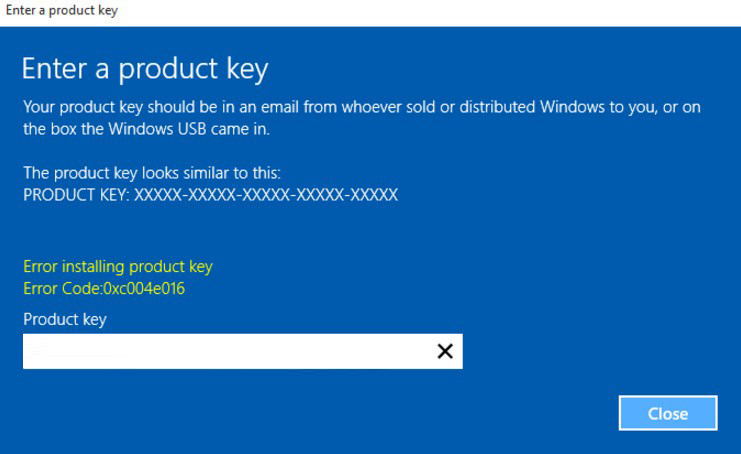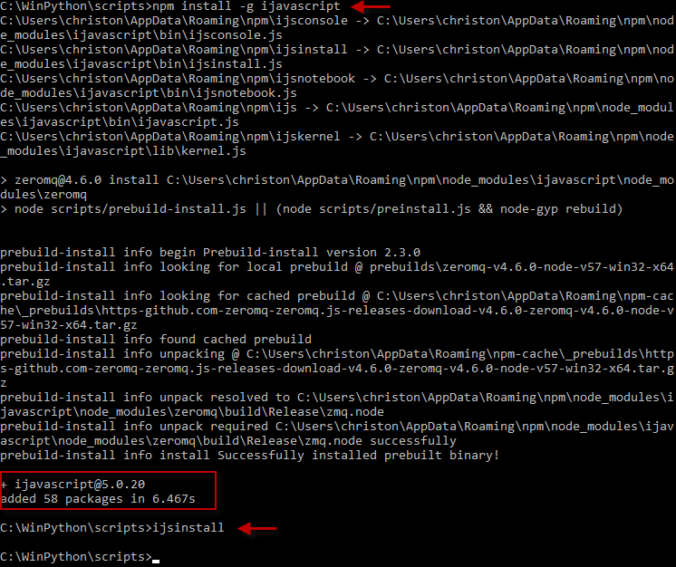
Node.js uses the V8 JavaScript runtime engine as its root power, and it employs a non-blocking I/O architecture that’s event-driven. As a result, you can ultimately build and run a program using only JavaScript with Node.js.

The Node.js environment empowers JavaScript to directly employ the database and function properly as a backend language. Consequently, you had to learn server-side languages like PHP, Python, Ruby, or C# - or seek a backend developer’s help.

That’s because JavaScript couldn’t regulate the backend process. Most conventional websites and API services today depend on Node.js.īefore Node.js, if you wanted to store any data on the database or connect your program to the database, you needed support from a server-side language. But since then, Node.js has grown into a vital element for server-side programming for event-driven, non-blocking servers. Initially, Node.js was designed to serve real-time performance, pushed-back architectures. As a result, you can use JavaScript for frontend and backend development, enabling full-stack development solely using JavaScript. Node.js is an open-source runtime environment for the JavaScript language that reshapes JavaScript’s characteristics and upgrades its functionality. You may already be aware of this fact, but it bears repeating for new developers in the field who may mistake Node.js for a unique programming language. The first thing you should know is that Node.js is not a programming language! You need to be logged into BugHerd (the website) in the same browser you use BugHerd (the widget).What Is Node.js? Node.js logo. Make sure you put the script in a Master page or your application-wide layout to ensure the widget is available on all your pages. To get the best performance out of BugHerd, we recommend placing the embed script in your HEAD tags. There are few simple things to keep in mind, however. The BugHerd widget can pretty much be placed anywhere within your HTML. Next, paste the code into the "head" tag of your website and that's it! Simple. 😀 Step 2: Paste the code into "head" of your website

The required JavaScript code can be copied from the "Install BugHerd" dialogue: Obtain the code from the "⚙️ Project Settings" menu, by selecting "install bugherd": All members and guests you invite to leave feedback need to be logged in to BugHerd to view the sidebar. But with the script embedded in your site, extensions are no longer required - BugHerd is always there ready to use once a user is invited. Although browser extensions are an easy way to get started, any members or guests on your project would need to install them too. Embedding the BugHerd script directly into your site is the recommended way of using BugHerd.


 0 kommentar(er)
0 kommentar(er)
